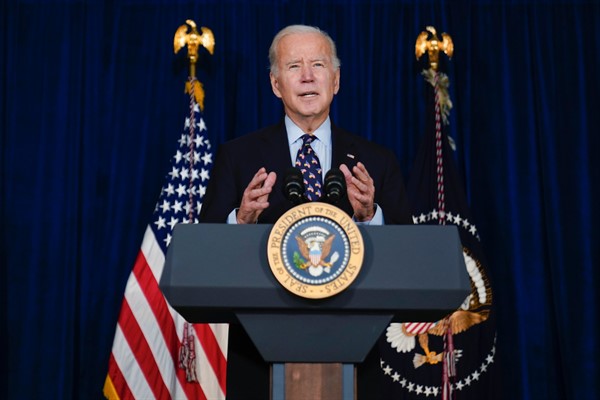What is the U.S. up to in the Middle East? How does the granular reality of developments as seen from the region square with Washington’s strategic assessment?
Last week, a senior Biden administration official offered some answers to those questions in a briefing for journalists on the White House’s plan for a realistic, downsized Middle East policy. (Though the official remained anonymous, it sounds an awful lot like Brett McGurk ). Whether or not this plan will work—and I’m not so sure that it will—the administration’s description of its own approach sounds accurate, and that’s a welcome change. It does away with the huge “bombast gap” that has historically existed between what Washington is doing in the Middle East and what it thinks—or says—it’s doing there. Equally importantly, what the U.S. is trying to do in the region, at least diplomatically, is to drastically lower expectations—no big breakthroughs, no transformative realignments, no blossoming of democracy—while engaging across the board on issue management.
“We’re not trying to achieve the unachievable; we’re not trying to transform the Middle East,” the unnamed senior official said. “We’re focused on the interests that impact Americans and our national security, and the national security of our friends. And we think those are achievable aims with deterrence, de-escalation, integration being three themes we’re pursuing.”

